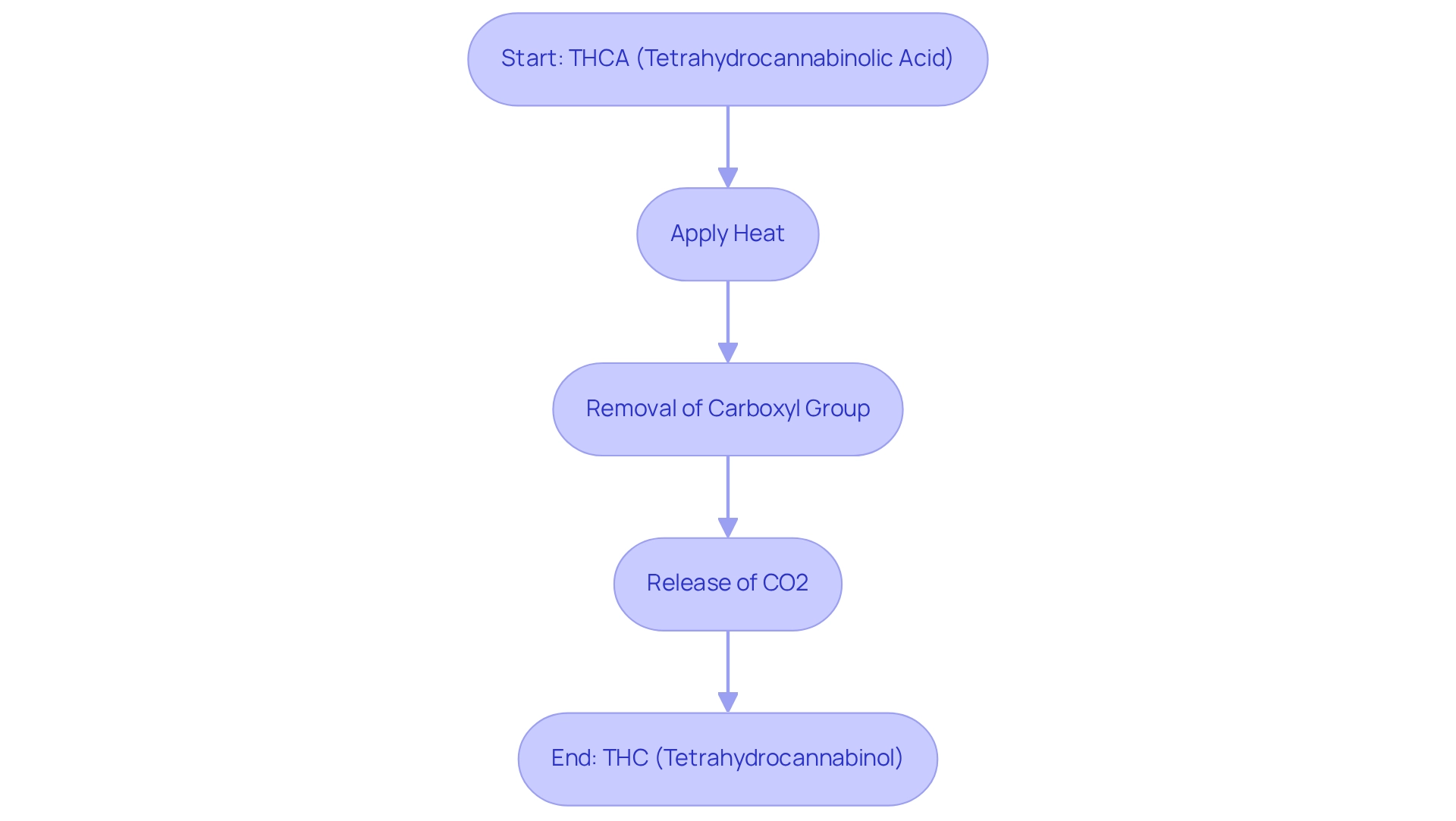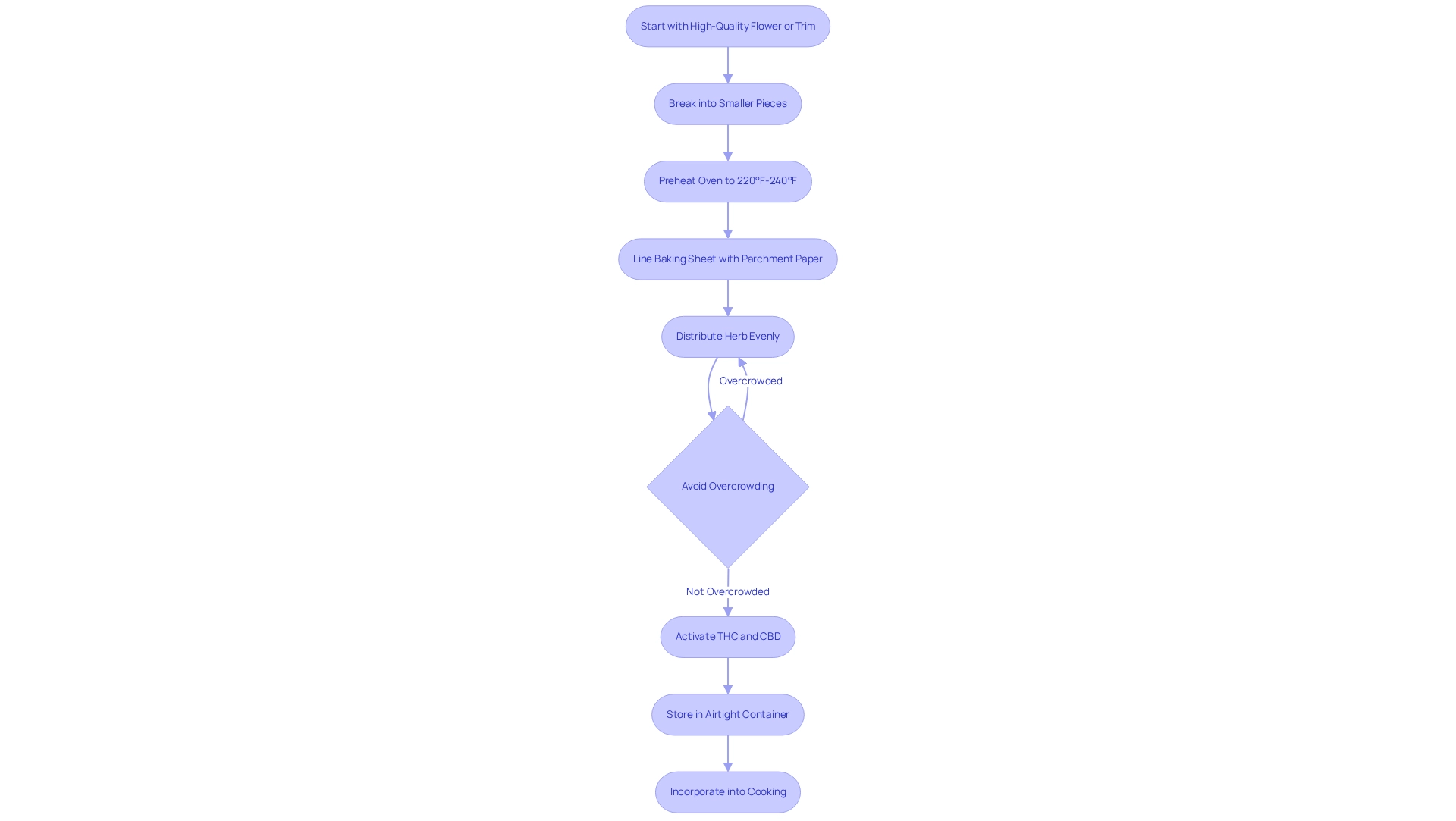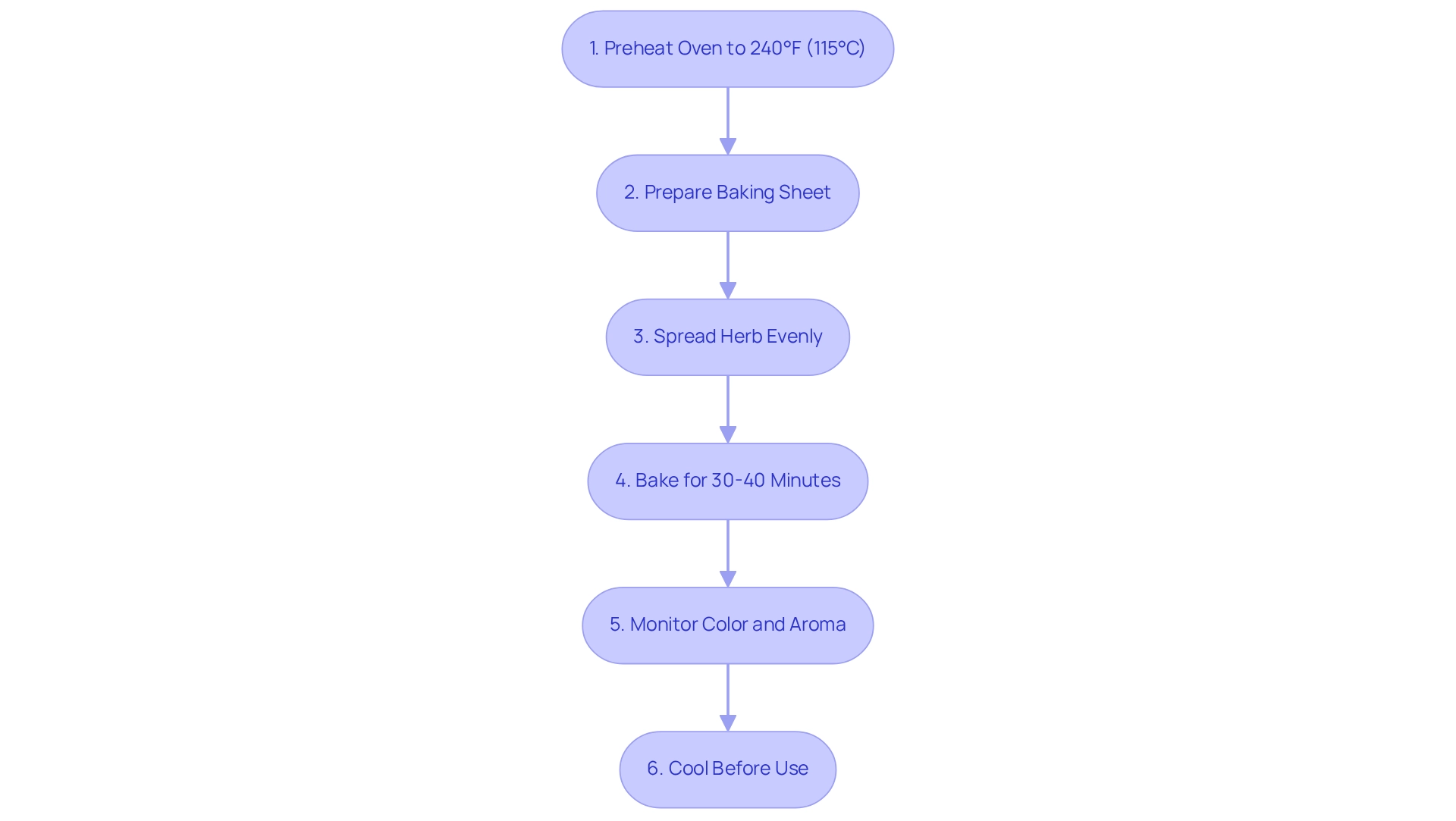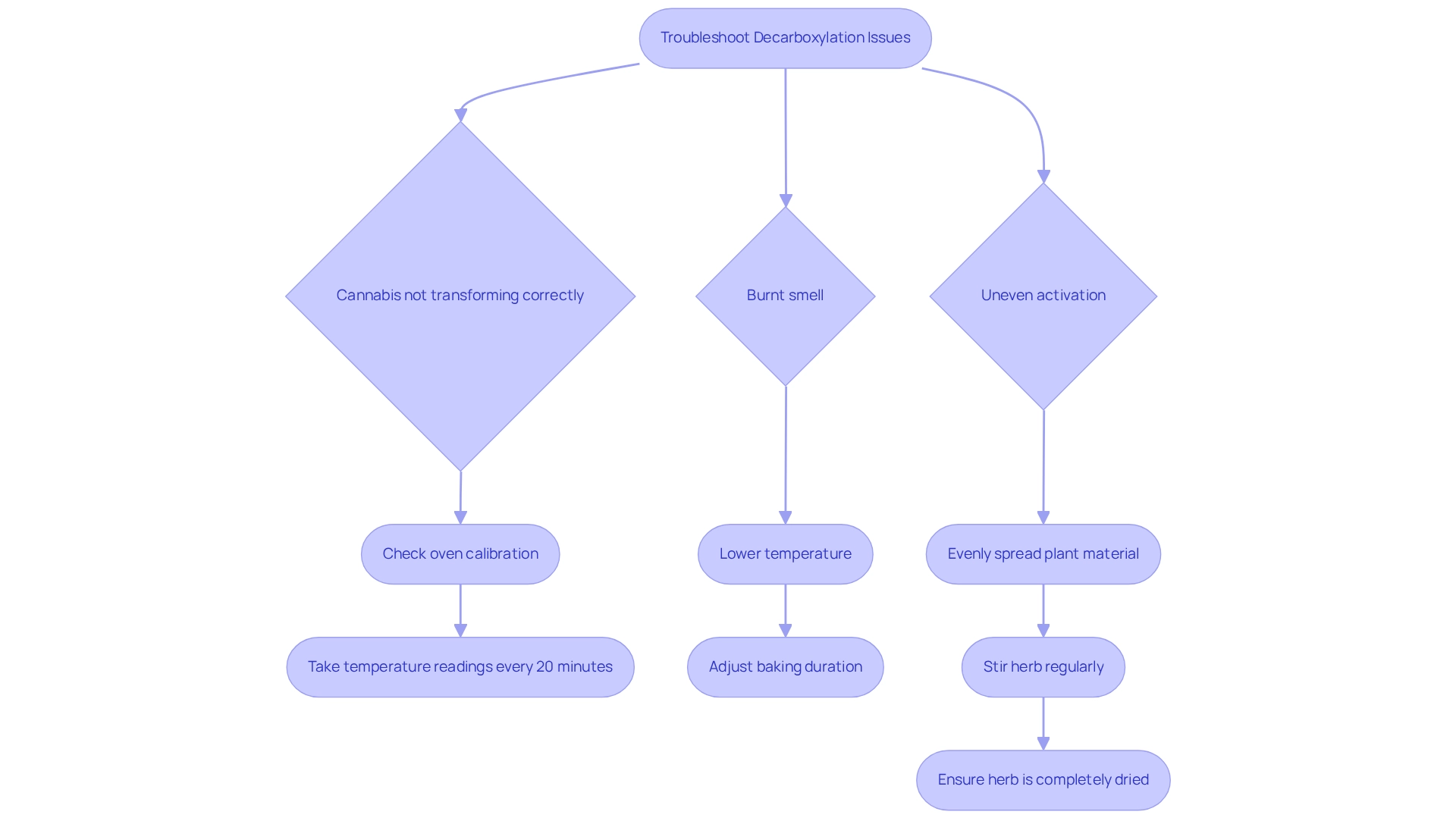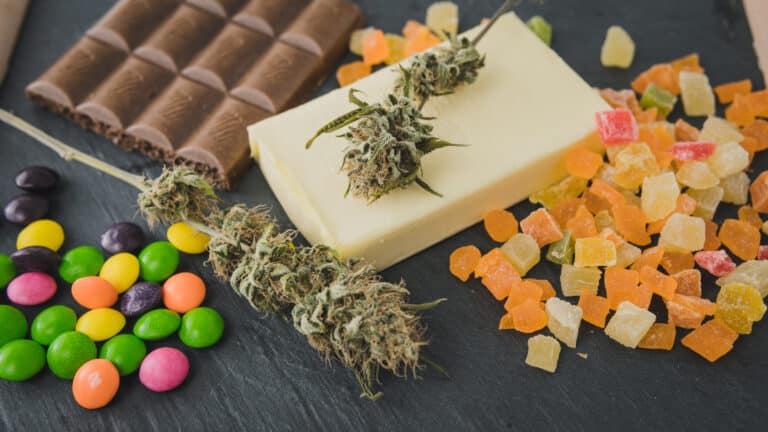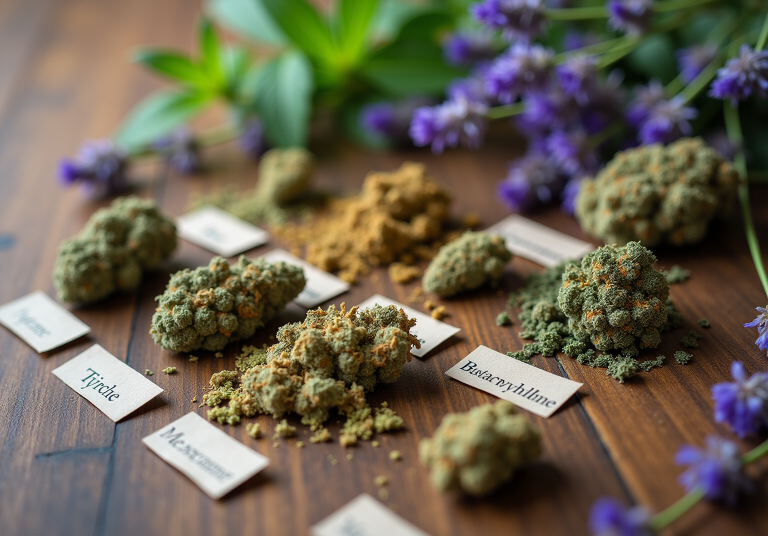Decarboxylation How To: Step-by-Step Guide for Beginners
by Maya Green · June 4, 2025
Master the decarboxylation process to activate cannabis for effective use in edibles and therapy.
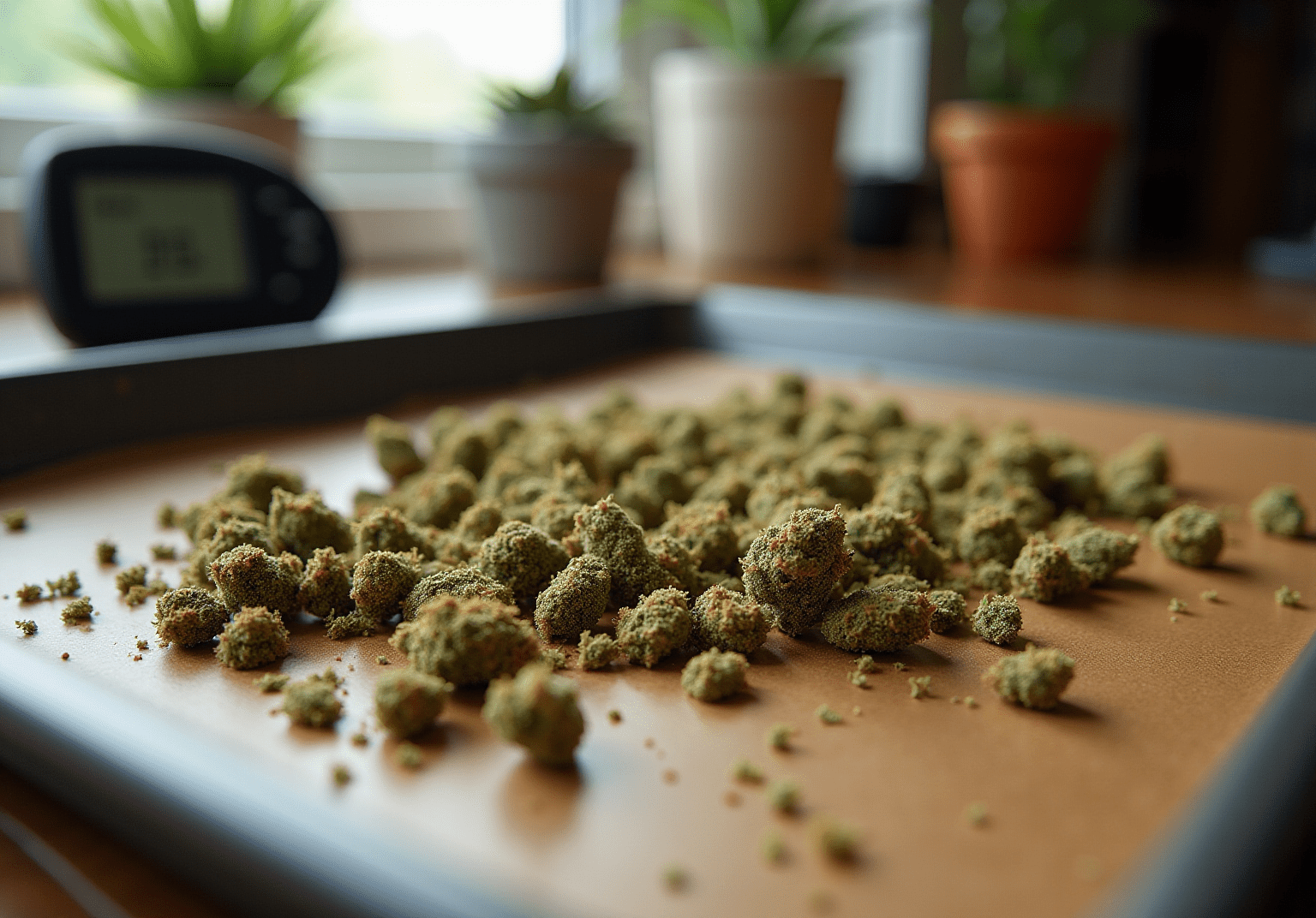
Overview
Decarboxylation plays a crucial role in unlocking the psychoactive properties of marijuana. By applying heat, non-psychoactive compounds like THCA are transformed into THC, which can significantly enhance your experience. If you’re new to this process, don’t worry—this article provides a step-by-step guide that is easy to follow.
It’s important to remember that temperature control and proper preparation are key to maximizing the therapeutic benefits of cannabis-infused products. By taking these steps, you can ensure that your consumption is both effective and enjoyable.
As you embark on this journey, know that you’re not alone. Many people share similar concerns and questions about how to make the most of their cannabis experience. Take your time, reflect on your needs, and feel empowered to explore these methods with care and intention.
Introduction
In the world of cannabis consumption, understanding the science behind decarboxylation is essential for anyone looking to unlock the full potential of this versatile plant. This important chemical process transforms non-psychoactive compounds into their active forms, allowing you to experience the therapeutic benefits of cannabinoids. As the popularity of cannabis-infused products continues to rise, mastering decarboxylation emerges as a critical skill for both recreational and medicinal users alike.
You may find that enhancing the potency of edibles and preserving the flavor and aroma of infused creations can significantly elevate your experience. This guide delves into the intricacies of decarboxylation, offering step-by-step instructions and troubleshooting tips to ensure optimal results. Whether you’re aiming to create delicious cannabis-infused honey or simply seeking to enhance your culinary adventures, understanding the nuances of decarboxylation is the key to maximizing the benefits of cannabis. It’s important to remember that with the right knowledge and techniques, you can truly enjoy all that this remarkable plant has to offer.
Understand Decarboxylation: The Basics
Decarboxylation is a vital chemical process that transforms non-psychoactive compounds in marijuana, like THCA (tetrahydrocannabinolic acid), into their active forms, particularly THC (tetrahydrocannabinol). This transformation occurs when the plant is exposed to heat, effectively removing a carboxyl group from the molecule and releasing carbon dioxide (CO2). Mastering decarboxylation how to is essential for anyone looking to create cannabis-infused products, as it activates the psychoactive properties that can provide therapeutic benefits. Remember, without proper activation, consuming unprocessed marijuana won’t yield the desired effects.
It’s important to recognize the significance of activation, especially for those wanting to enhance their marijuana experience. Did you know that the conversion rate from THCA to THC is approximately 87.7%? This means a substantial portion of THCA can become THC when heated correctly. Decarboxylation how to achieve the right balance between time and heat during the removal of carbon dioxide is crucial to understand. Personal factors such as tolerance, consumption method, and desired effects can greatly influence how different strains of the plant impact users. For example, some individuals may still experience potent effects from strains with lower THCA percentages, depending on their unique circumstances. This insight highlights the importance of reflecting on your experiences and preferences when selecting marijuana products.
Experts emphasize that achieving an effective transformation during the process is key. Striking the right balance between time and temperature is essential for maximizing the psychoactive potential of marijuana. Thus, understanding decarboxylation how to remove carbon dioxide is essential for anyone wishing to harness the full therapeutic potential of the plant. You may find that with the right knowledge, you can truly enhance your experience.
Recognize the Importance of Decarboxylation
Decarboxylation how to is an essential step in preparing marijuana for consumption, particularly when creating comforting edibles like marijuana-infused honey. When marijuana is gently exposed to heat, it activates cannabinoids, making them bioavailable and effective for therapeutic use. This activation is vital for those using marijuana for medicinal purposes, as it significantly enhances the therapeutic effects of cannabinoids such as THC and CBD.
It’s important to remember that studies indicate the removal of carboxyl groups for CBDA and CBGA can lead to a loss of 18% and 53% of these substances, respectively. This highlights the importance of careful heat regulation during this process. Additionally, this reaction not only boosts the effectiveness of cannabinoids but also enriches the taste and aroma of cannabis-infused items, creating a more enjoyable experience.
For instance, marijuana-infused syrup combines the healing benefits of marijuana with the natural nutrients of unprocessed syrup, offering a versatile, smoke-free way to savor cannabinoids. A thorough examination of cannabinoid decarboxylation how to has shown that maintaining lower temperatures for longer durations can help preserve terpenes, which are crucial for the overall sensory experience of these products.
To learn decarboxylation how to achieve this, follow these steps:
- Preheat your oven to 240°F (115°C).
- Grind the herb.
- Bake it for 30-40 minutes.
Once decarboxylated, you can mix the plant material with raw syrup using a slow cooker or double boiler method, ensuring that the syrup is gently heated to maintain its properties. Proper storage of marijuana-infused syrup is also key; keeping it in an airtight glass container in a cool, dark place helps maintain potency and prevents crystallization.
Neglecting this critical step can lead to edibles that may not deliver the desired benefits, ultimately affecting the quality of life for those who depend on medicinal marijuana. Thus, understanding and applying effective activation techniques, along with proper infusion and storage methods, is essential for maximizing the therapeutic potential of the plant. This is particularly important when producing infused items like honey that can promote relaxation, pain relief, and overall well-being. You may find that taking these steps not only enhances the effectiveness of your edibles but also enriches your experience with medicinal marijuana.
Prepare Your Cannabis for Decarboxylation
To effectively prepare your herb for activation, it’s essential to start with high-quality flower or trim, as this significantly impacts your results. By breaking the herb into smaller pieces, you increase the surface area exposed to heat, which is essential for understanding decarboxylation how to. You can easily achieve this by using a grinder or simply breaking it apart by hand.
Next, preheat your oven to a temperature between 220°F (104°C) and 240°F (115°C). Lining a baking sheet with parchment paper or aluminum foil will help prevent sticking, and it’s important to distribute the herb evenly across the sheet. Avoid overcrowding; this ensures that each piece receives adequate heat, which is crucial for activating the psychoactive and therapeutic effects of THC and CBD. It’s important to remember that raw marijuana flowers contain THCA and CBDA, which are non-psychoactive; heat transforms these into THC and CBD, unlocking their health benefits. Without proper activation, your infused products may lack the potency and effects you desire.
For best practices, consider storing your activated plant material in an airtight container to prevent cannabinoid degradation, which is vital for maintaining the potency of your infused products. Properly decarboxylated marijuana will exhibit a toasty golden brown color and a noticeable change in aroma due to the release of terpenes, which can serve as a benchmark for success when learning decarboxylation how to. Embracing these techniques responsibly not only enhances your experience with the plant but also ensures that you remain within safe and legal parameters.
Incorporating decarboxylated plant matter into your cooking can lead to creative culinary experimentation. For example, using decarboxylated marijuana in infused syrup allows you to appreciate its therapeutic advantages in a versatile, smoke-free manner. This honey can be added to teas, baked goods, or even salad dressings, showcasing its unique flavor and potential wellness effects. This versatility opens the door to imaginative culinary exploration, enhancing your cooking by incorporating infused butter into mashed potatoes, garlic bread, or delightful treats like cakes and cookies.
Follow Step-by-Step Decarboxylation Instructions
- Preheat your oven to 240°F (115°C). This temperature is essential for decarboxylation how to, as it ensures that cannabinoids like THC and CBD are activated without any degradation. It’s important to remember that this step plays a crucial role in enhancing the therapeutic effects of your cannabis.
- Prepare your baking sheet by lining it with parchment paper or aluminum foil—this simple action can make a difference in your process.
- Spread the prepared herb evenly on the baking sheet, ensuring that it is not overcrowded. You may find that this helps in understanding decarboxylation how to achieve a more consistent process.
- Place the baking sheet in the preheated oven and bake for 30-40 minutes. Stir the herb every 10 minutes to ensure even heating; this attention to detail is key.
- Monitor the plant closely; it should turn a light golden brown color and emit a pleasant aroma when properly decarboxylated. This sensory cue can be quite reassuring.
- Once finished, take the baking sheet out of the oven and let the cannabis cool at ambient conditions for approximately 30 minutes before incorporating it into your recipes or infusions. Remember, decarboxylation how to remove a carboxyl group is essential for creating cannabis-infused products like honey, as it activates the cannabinoids, enhancing their therapeutic effects. It’s worth noting that this process is not necessary for smoking or vaping, as the heat from these methods activates the cannabinoids directly.
Troubleshoot Common Decarboxylation Issues
When you encounter difficulties during the process, it’s important to know that you’re not alone. Here are some troubleshooting strategies that may help you:
- Cannabis is not undergoing the transformation correctly: It’s crucial to check your oven’s calibration with an oven thermometer to ensure precise heat readings. I recommend taking readings every 20 minutes for about two hours, totaling at least four measurements to verify consistency. As John Predmore highlights, adhering to standards like IEC 60068 can help guarantee accurate heat delivery, which is essential for successful conversion. Remember, without adequate conversion, the plant will primarily contain THCA and CBDA, which are non-psychoactive and won’t provide the intended health benefits.
- The herb smells burnt: If you notice a charred aroma, it often indicates that the heat was set too high. To prevent this in the future, consider lowering the temperature and adjusting the baking duration.
- Uneven activation: If you find that some pieces are stronger than others, ensure that the plant material is evenly spread on the baking sheet. Stirring the herb regularly during the process can also promote uniform decarboxylation. If your herb feels damp after decarboxylation, it may not have been dried thoroughly beforehand. Make sure your cannabis is completely dried to achieve optimal results. By addressing these common issues, you can enhance the effectiveness of your decarboxylation process and work towards a more consistent outcome. Remember, every step you take brings you closer to success.
Conclusion
Understanding the decarboxylation process is fundamental for anyone looking to fully appreciate the benefits of cannabis. This critical transformation activates cannabinoids like THC and CBD, unlocking their psychoactive and therapeutic properties, which are essential for creating effective cannabis-infused products. With a conversion rate of approximately 87.7% from THCA to THC, mastering the right balance of time and temperature during decarboxylation can significantly enhance the potency and overall experience of cannabis consumption.
It’s important to remember that proper decarboxylation not only boosts the efficacy of cannabinoids but also enriches the flavor and aroma of infused products, making the consumption experience more enjoyable. Techniques such as decarboxylating cannabis before infusing it into honey allow for a unique, smoke-free way to enjoy its benefits. You may find that the importance of precise temperature control cannot be overstated, as even slight variations can lead to the loss of valuable compounds and diminish the overall quality of the final product.
By following the step-by-step instructions and troubleshooting tips outlined, you can successfully navigate the decarboxylation process, ensuring that your cannabis-infused creations deliver the desired effects. Emphasizing the significance of high-quality starting materials and proper preparation techniques will further enhance your overall outcome, allowing for creative culinary applications and maximizing the therapeutic potential of this versatile plant. Ultimately, with the right knowledge and skills, you can elevate your cannabis experience and enjoy the remarkable benefits it has to offer.
Frequently Asked Questions
What is decarboxylation in relation to marijuana?
Decarboxylation is a chemical process that transforms non-psychoactive compounds in marijuana, such as THCA, into their active forms, like THC, by removing a carboxyl group through heat exposure.
Why is decarboxylation important for cannabis-infused products?
Decarboxylation is essential because it activates the psychoactive properties of marijuana, which can provide therapeutic benefits. Without proper activation, consuming unprocessed marijuana will not yield the desired effects.
What is the conversion rate from THCA to THC during decarboxylation?
The conversion rate from THCA to THC is approximately 87.7%, indicating that a substantial portion of THCA can become THC when heated correctly.
How does the decarboxylation process affect the therapeutic potential of marijuana?
Achieving the right balance between time and heat during decarboxylation is crucial for maximizing the psychoactive potential and therapeutic benefits of marijuana.
What steps should be followed for effective decarboxylation?
To decarboxylate marijuana effectively, follow these steps: 1. Preheat your oven to 240°F (115°C). 2. Grind the herb. 3. Bake it for 30-40 minutes.
How does decarboxylation influence the taste and aroma of cannabis-infused products?
The decarboxylation process not only enhances the effectiveness of cannabinoids but also enriches the taste and aroma of cannabis-infused items, creating a more enjoyable experience.
What are some storage tips for marijuana-infused products?
Store marijuana-infused syrup in an airtight glass container in a cool, dark place to maintain potency and prevent crystallization.
What can happen if decarboxylation is neglected?
Neglecting decarboxylation can lead to edibles that may not deliver the desired benefits, negatively affecting the quality of life for those who depend on medicinal marijuana.
Last Updated: September 23, 2025
Get Approved for Your Medical Marijuana Card in Minutes!

Get Your Medical Card
Connect with a licensed physician online in minutes
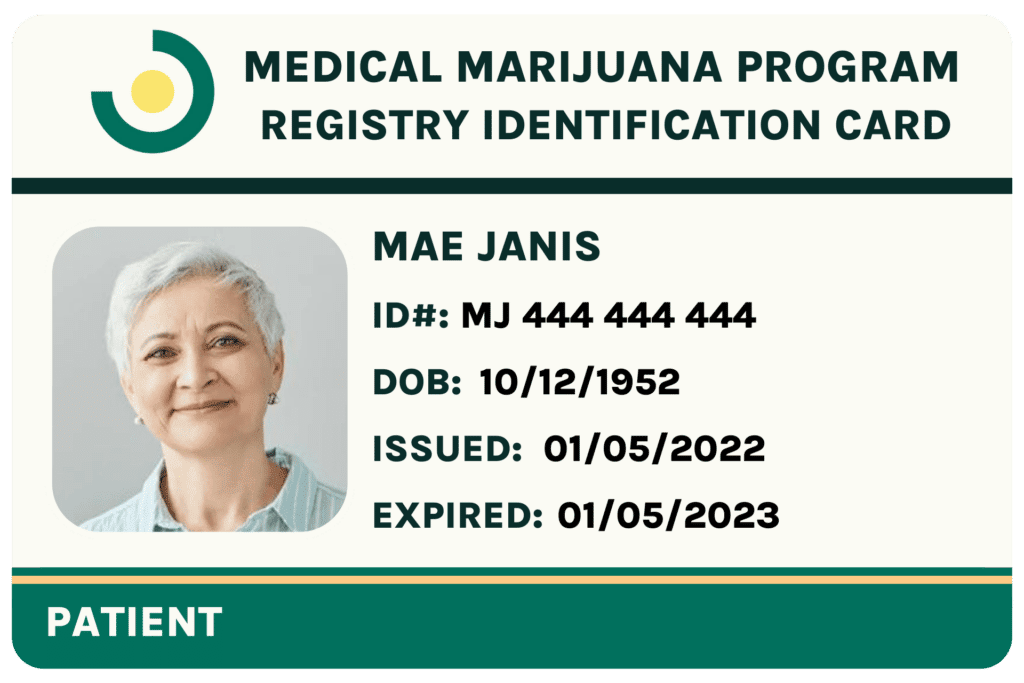
Like This Article?
Share with your friends
Table of Contents
Keep Reading
-
What Are Edibles
If you’re looking for information on what edibles are, then this is the page for you.
-
Harmonizing Highs: Exploring Cannabis In Music Production
Enhance Your Music Production with Cannabis: Unleash your creativity and take your sound to new heights. Explore the synergistic relationship between cannabis and music in this captivating article. Click now to harmonize your highs!
-
4 Steps to Use a Terpenes Profile Chart for Pain Relief
Discover how to use a terpenes profile chart for effective pain relief solutions.

